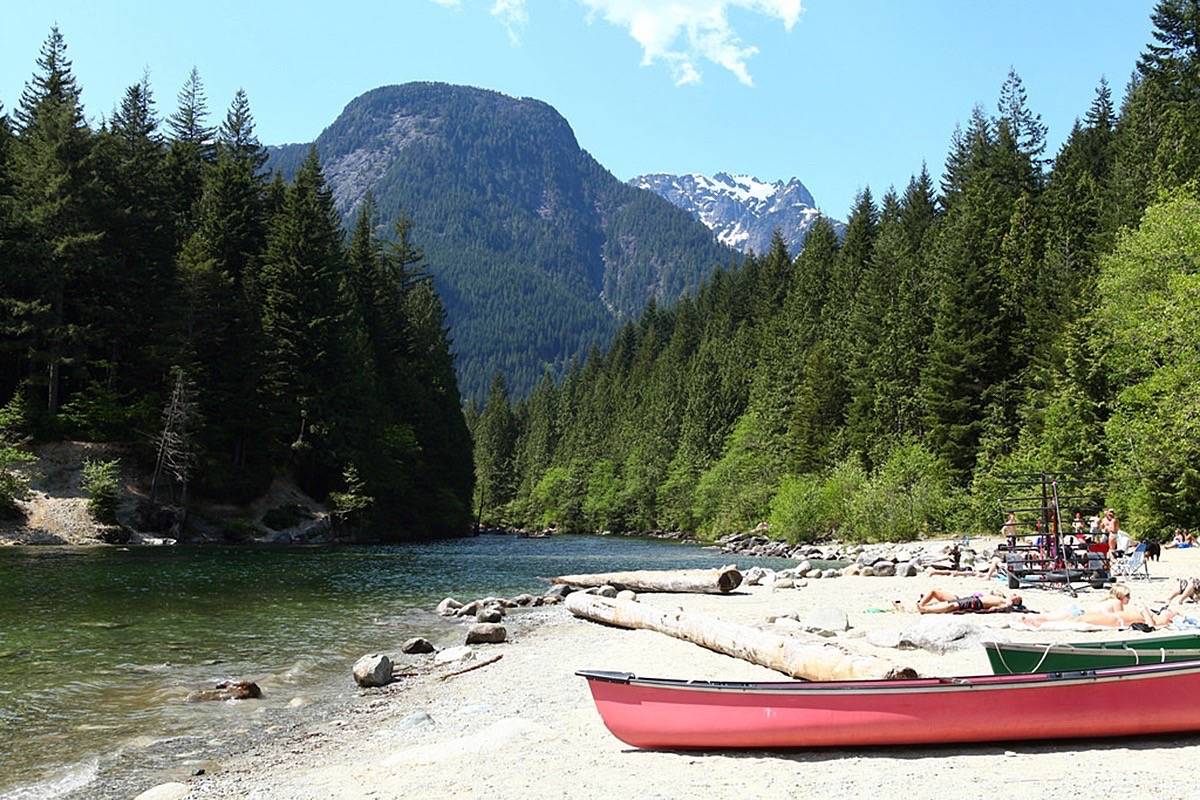Canada is a global leader in protecting its conserved land from human destruction, but its parks are in danger of being “loved to death” by thousands of people trekking through the backcountry, says a co-author of a study that details the degradation of one-third of the world’s protected areas.
Oscar Venter, associate professor of forestry in the ecosystems science and management department at the University of Northern British Columbia, said Banff and Jasper are examples iconic parks in Canada where a high number of visitors pose a challenge to maintaining healthy populations of some endangered species.
Economic pursuits, such as forestry, mining and oil and gas, are also part of the problem, Venter said.
“In Canada, we value our natural environment but we also put a lot of value on natural resource extraction,” he said.
Venter is part of an international team of researchers, including from the University of Queensland in Australia and the Wildlife Conservation Society, whose work was published Thursday in the journal Science. It looked at 50,000 protected areas worldwide and found one-third of the area is under intense pressure from activities like road building, logging and urbanization.
Most of the degradation was in Asia, Europe and Africa — in areas that were intact when they were designated as protected, the study says, adding there’s an urgent need for countries around the world to objectively assess the impact of human activity.
The findings are a reality check on the effort to avert the biodiversity crisis, said senior author James Watson, associate professor in the school of earth and environmental sciences at the University of Queensland and director of science and research initiative at the Wildlife Conservation Society.
“We show that governments are significantly overestimating the space they have made available for nature,” he said in a statement. “Governments are claiming these places are protected for the sake of nature when in reality they aren’t. It is a major reason why biodiversity is still in a catastrophic decline, despite more and more land being protected.”
Watson said 111 countries believe they have met their obligations toward the United Nations Convention on Biological Diversity, which set a global goal in 2010 for nations to protect at least 17 per cent of their land by 2020.
“If you only counted the lands in protected areas that are not degraded, 77 of those nations don’t meet the bar,” he said.
“Helping them succeed requires more sustained and dedicated effort and we are undertaking research to identify those intact, biologically important places around the world that still need protection and the mechanisms that will best ensure they are protected.”
Venter said that while 2.5 per cent of Canada’s protected area has been modified by humans, there are challenges to managing the impact of human disturbance to endangered species, such as caribou in parks in the Rocky Mountains and elsewhere.
As for meeting its commitment by 2020, Canada has so far reached only 10.5 per cent of its goal while Namibia and Costa Rica are further ahead, he said.
“There’s a commitment from the federal government to protect 700,000 square kilometres of land. That’s an area the size of Alberta,” Venter said of Ottawa’s strategy, which was boosted with a $1.3-billion commitment in the last budget.
“One of the first places we have to look is our recreational parks and how do we balance the recreational opportunities we provide in those areas with the conservation values we have.”
Alison Ronson, national director of the parks program at the Canadian Parks and Wilderness Society, said while several provinces have recently moved to protect land to meet the 2020 conservation target, Canada was behind all G7 countries when the society issued a report last summer.
Brazil had protected 29.5 per cent of its land by then, China was up to 17.1 per cent and Australia had reached 17 per cent, the report said.
“The balance in the country has been so skewed toward industrial activity for such a long time,” Ronson said of Canada.
Federal, provincial and territorial governments need to work with Indigenous governments to meet their conservation goals, she said.
Parks Canada said British Columbia leads all provinces and territories in protecting 15.3 per cent of its land and freshwater. Alberta is in second, with 14.5 per cent of its area protected as of Tuesday, when it added more than 13,000 square kilometres of forest, wetland, lakes and rivers. Prince Edward Island is in last place with 3.2 per cent of its area protected.
— Follow @CamilleBains1 on Twitter.
Camille Bains, The Canadian Press



